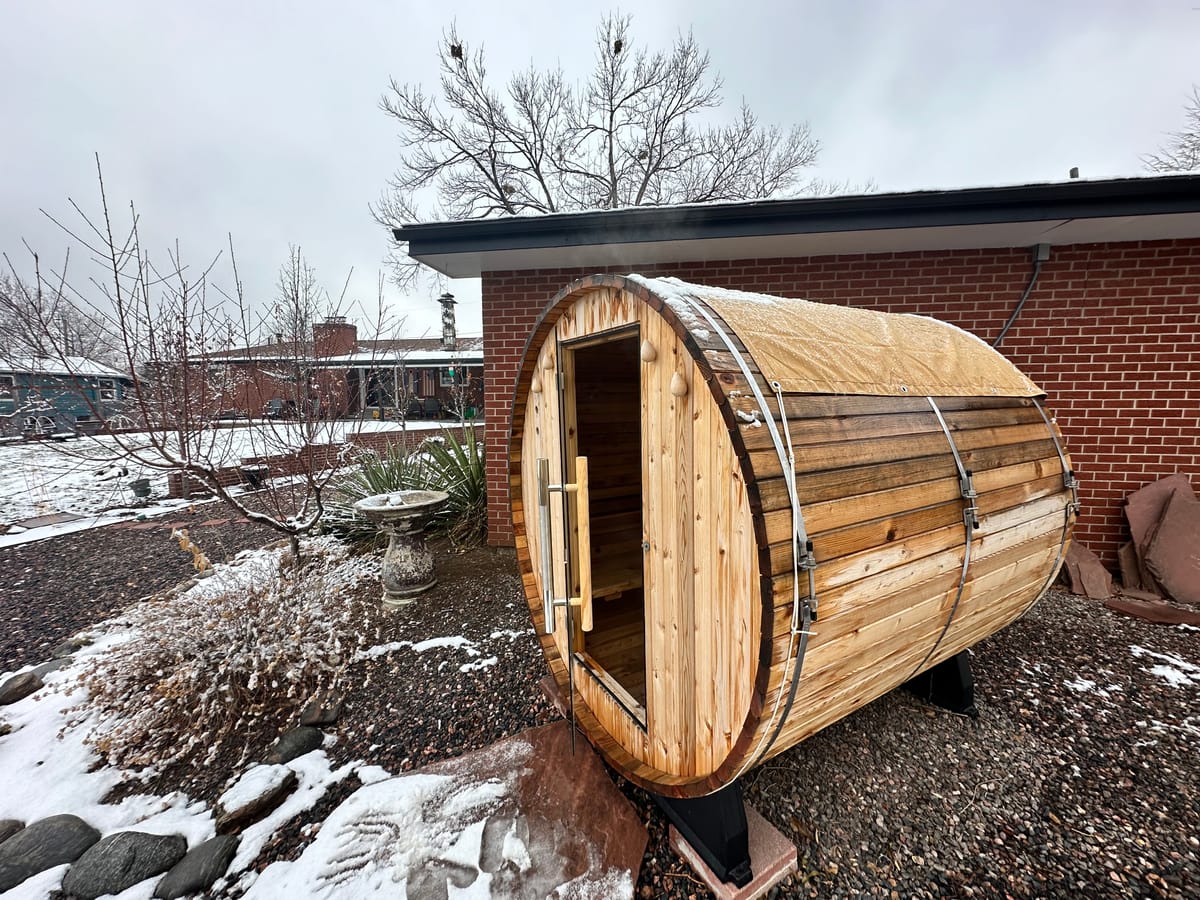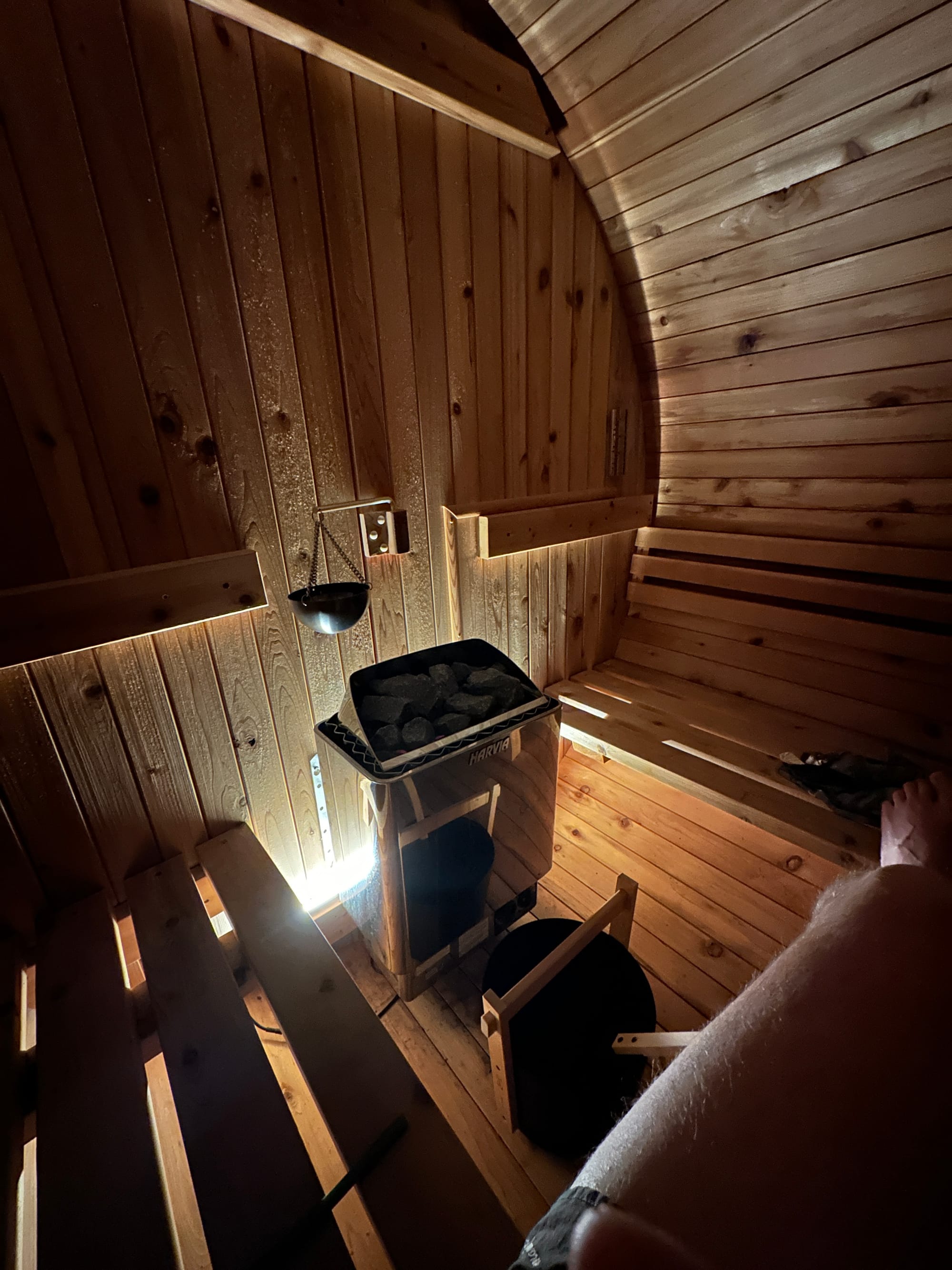From Warmth to Wins: Exploring Sauna Use in Athletic Endurance Training
Discover how saunas enhance endurance training with heat acclimation, altitude simulation, and inflammation reduction for athletic gains.

As the chill of winter intensifies, I've been spending more time in my sauna, not just for warmth but also in hope of some training gains. I'm not alone, saunas have gained a lot of traction with endurance athletes in recent years. This trend, backed by solid scientific research, offers a fascinating insight into how saunas can be an effective tool in enhancing endurance training.
The Science Behind Sauna Use in Training
The use of saunas for athletic training isn’t just a fad; it’s rooted in compelling scientific evidence. Saunas are known to provide several physiological benefits that can aid in endurance training:
- Heat Acclimation: Regular sauna use can lead to adaptations similar to those acquired through heat training. These adaptations include increased plasma volume and sweat rate, which are beneficial for endurance performance.
- Altitude Simulation: Saunas can mimic some effects of altitude training. Prolonged sauna use has been shown to increase red blood cell count, a key factor in improving oxygen delivery to muscles, similar to the effects of training at high altitudes.
- Inflammation Reduction: Saunas can help in managing inflammation, which is crucial for recovery and maintaining consistent training schedules.

How to Incorporate Saunas into Endurance Training
To effectively integrate sauna sessions into your training, consider the following guidelines:
- Timing: Utilize the sauna post-workout when the body is already warmed up. This timing takes advantage of the body's elevated core temperature and slight dehydration state for maximum effect.
- Temperature and Duration: Start with a moderate temperature (70-90 degrees Celsius) and a short duration (10-15 minutes), gradually increasing the exposure up to 30 minutes over time. This gradual increase helps the body adapt without overstressing it.
- Frequency: Aim for 5-6 days in a row for a period of three weeks, especially when preparing for specific events like high-altitude races. Adjust the frequency based on your recovery needs and training intensity.
- Rest Days: Protect your rest days. If you feel adequately recovered, you may continue sauna use, but always prioritize rest.
Practical Considerations
- Portable Saunas: For athletes who travel frequently or cannot access traditional saunas, portable options are available, allowing for consistent training protocols.
- Monitoring: As with any training regimen, monitor your body's response to sauna use. Adjust frequency, temperature, and duration based on your personal tolerance and training schedule.
- Hydration: Sauna use leads to significant sweating. Ensure you are well-hydrated before and after sauna sessions to prevent dehydration.
10 Ways to Maximize Sauna Benefits
- Initiate sauna training at least two weeks prior to your event.
- Following each daily workout, spend time in a sauna heated to between 185 and 195 ̊F.
- Avoid drinking before and during sauna sessions to promote dehydration.
- If necessary, briefly exit the sauna for a cool-down, using cold water on your neck and tongue, before returning.
- While in the sauna, remain seated without exercising; this will naturally elevate your resting heart rate to 140-150 bpm or more.
- Young adults can typically build up to 30-35 minutes per sauna session, whereas older individuals may need to limit this to half the duration.
- Prioritize your health: exit the sauna immediately if you feel unwell, and avoid competing with yourself or others.
- Post-sauna, refrain from drinking large amounts of water quickly; instead, hydrate slowly over 3-4 hours.
- Continue daily sauna sessions for at least one week, including on rest days.
- Cease sauna training one week before your event to allow your body to recover and enhance blood volume, thus preparing for optimal performance on the event day.
The Bottom Line
While saunas can't fully replace the benefits of actual altitude training, they offer a practical and effective alternative, especially for athletes without easy access to high-altitude areas. With their capacity to simulate altitude effects and reduce inflammation, saunas are a valuable tool for athletes seeking to enhance their endurance training.
Incorporating sauna sessions into an endurance training regimen can provide substantial benefits, including improved heat acclimation, simulated altitude training effects, and reduced inflammation. As always, it’s vital to approach this integration with a tailored plan, considering personal training schedules, recovery needs, and overall health. Saunas are not just a luxury; they are a science-backed method to elevate your endurance training.





